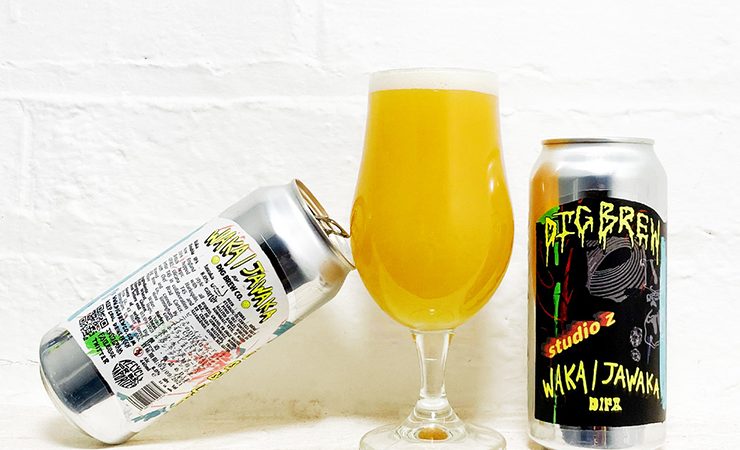Of all the consumer trends witnessed in the last few years, ‘craft’ is undoubtedly one of the main ones to have crossed over from niche to mainstream.
More often than not linked to beer, and the associated rise of micropubs and specialist retailers, the craft trend now transcends a variety of beverage categories, including spirits, wines, coffees and soft drinks, as well as ‘artisanal’ foods, from cheese to snacks and sweets. Most foods or beverages referred to as ‘craft’ are manufactured in small batches, perhaps by hand, and using natural ingredients. This suggests that they are made in a simple, but skilled way, and draws the attention of consumers.
As such, labels and packaging play an important role in the go-to-market strategy of many a craft producer and their product(s). In turn, digital printing has found itself at the epicentre of the craft movement, given its production characteristics.
Tonejet CEO Rob Day identifies, ‘The most important practical benefits of our technology to craft producers are speed and flexibility. Traditionally craft brewers would need to order at least 100,000 cans at a time from can manufacturers,’ he examples, ‘and would need an aggregate annual volume of several million. Recently that minimum order quantity (MOQ) has risen to around 300,000 in the US. Lead times for new can designs will be at least three months, and often six months.’
Tonejet develops digital printing systems that enable direct-to-shape decoration, with its Cyclone direct-to-can system now picking up customers on both sides of the Atlantic.
‘Using Tonejet, craft brewers are able to order cans on lead times of days or weeks rather than months,’ continues Mr Day. ‘This is true whether they are running new packaging artwork or making a repeat order. On top of the time saving, the traditional minimum batch size disappears; producers can order a few hundred cans if that’s all they need, or tens of thousands, with any mix of artwork.’
‘Digital print is not bound by many of the restrictions faced by traditional printing methods,’ affirms Scott Terriss, operations manager at Delga Labels. ‘Gone are the days of having to over order on large print runs simply to achieve the printer’s MOQ. Manufactures are no longer limited to the one message fits all, as each label or package that comes off the end of the printing press can be unique and bespoke to the next. Add to that an increased colour gamut to showcase their design, the use of metallic inks, and myriad substrates, and the potential really is endless.’







